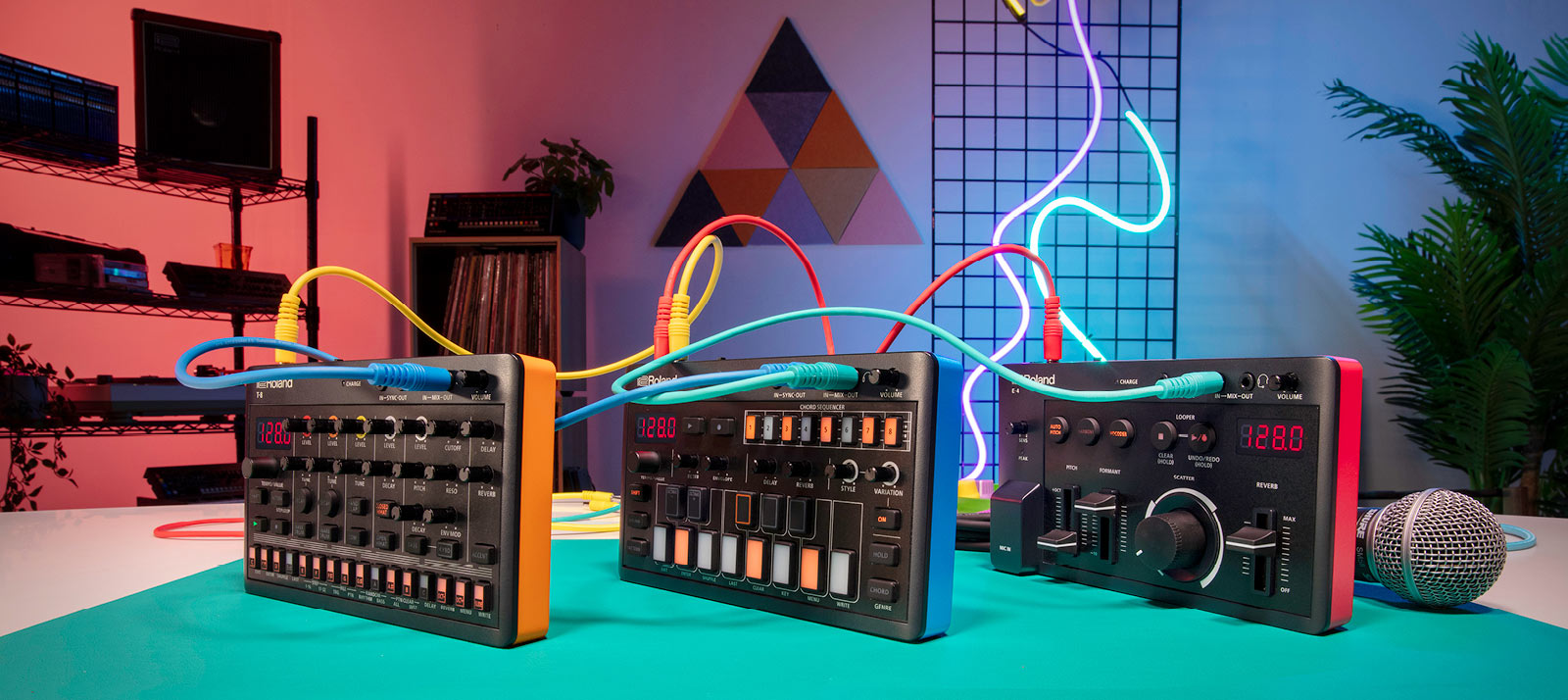They’re smaller and cheaper than the Boutique series and first-gen AIRA, they’re battery-powered, and they pack a surprising amount of functionality and hands-on control. Roland has a new compact platform for the AIRA, and they look cute and fun.
Now, this could have gone very wrong – cheap, stripped-down AIRA models. But there’s real potential here in features. (Roland has promised some units for review; stand by – you know me and small gadgets!)
The heart of these is still the same Analog Circuit Behavior (ACB) digitally modeled sounds that have made the AIRA and Boutique lines sound so good. (Yes, the same tech that also regularly earns howls and screams from online forums, who insist on analog, but who cares? You can absolutely pull off a 303 or TR drum machine in a digital form, so… I just tune them out and enjoy the ability to run on battery power with low noise.)
But it’s about time we got a new platform in the form factor of rival KORG’s volca series. (I can’t actually understand why KORG hasn’t refreshed that platform with something new.)
The trick here is, these models hit a US$199.99 price point, but also pack a ton of features and an internal lithium-ion battery plus USB-C connectivity.
I’m also frankly surprised by how much is in each package. These are smaller, lighter, have internal batteries, and a lower cost, but each also adds a key feature missing in the other units in Roland’s lineup:
T-8 adds a 303 bassline to the drum machine.
J-6 adds easy chord programming to the JUNO-60.
E-4 adds a simple looper to the vocal effects.
Let’s have a look:
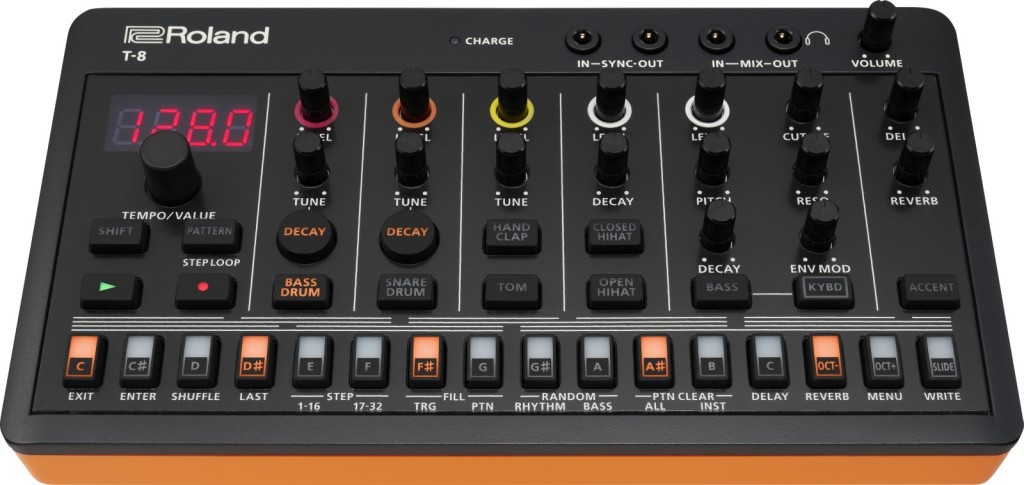
T-8 Beat Machine is a baby drum machine and TB-303.
6 drum tracks + 1 bass part.
TR-808, TR-909, and TR-606 sounds are in here, with ACB modeling, and you get a TB-303 Bass Line to boot. Plus you get the full pattern-edit and live recording workflow, incredibly – TR-REC, step loop, pattern shift, probability, accent, sub steps and up to 32 steps. There’s also velocity? (Guess via external input.) delay and reverb are also accessible, and even some basic level and timbre adjustments (tune and decay), plus over drive and sidechain compression.
And yeah, you get the 303 basics, too, including the necessary accent and slide. You can also use an external MIDI keyboard for easier pitch control (and easier pitch control than on an actual 303, of course).
Obviously, you’ll need to do some finger mangling to access those controls and some shift-pressing, but it at least looks reasonably accessible.
https://www.roland.com/global/products/t-8/
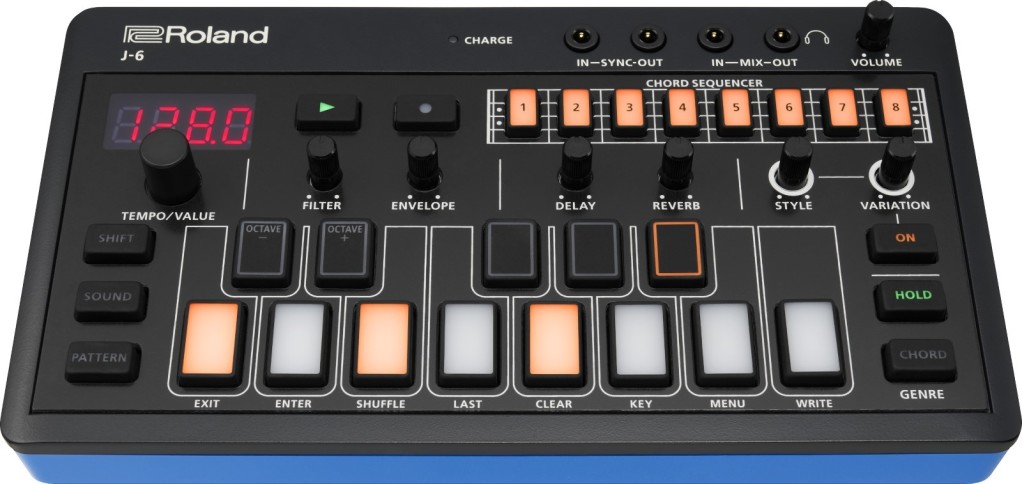
J-6 chord synth is a baby JUNO-60
This thing is just adorable – with a simple octave pad layout for pitch, and 100 chord sets to make up for the fact that you don’t have a full keyboard. (You can also use an external keyboard if you can, like, play.) Of course, for live techno sets and the like, even for those of us who do “know chords or theory,” this can be handy. (I actually expect a lot of you do know chords and theory better than you realize, which is why you know what sounds good to you!)
The one thing I need to check on this thing is how much polyphony you get, like – just how big are those chords, Roland? (They actually don’t specify, and say it realizes “the famous JUNO-60 voice.” Obviously, it’s more than one voice or you wouldn’t have chords.)
It’s also really cute, and while I’m tempted to say I’d prefer the Boutique JU-06A and the like – they have far more controls for adjusting sound – the reality is that those are a little fidgety to program. So Roland may have really made the instrumental parts a lot more accessible, and if you’re just adding some harmonic spice to a live set, this could be an easier way to go.
https://www.roland.com/global/products/j-6/
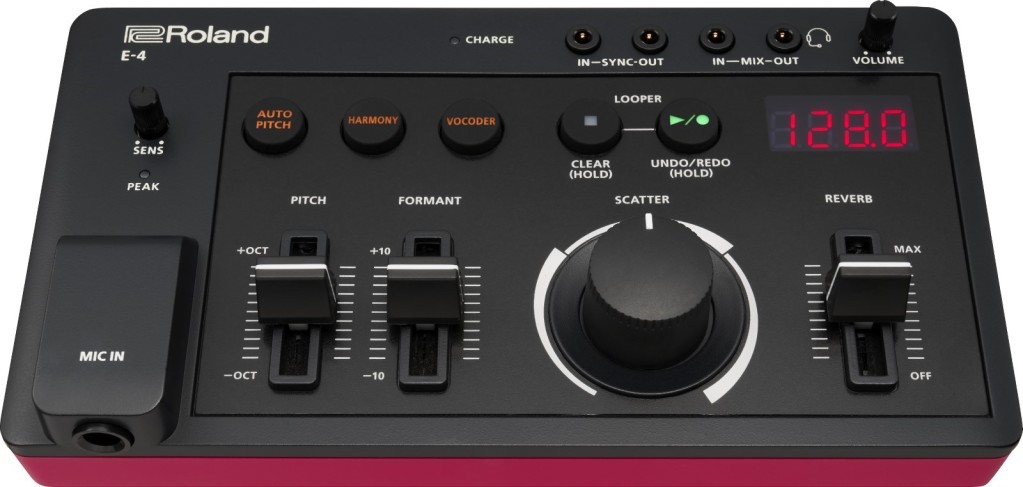
E-4 Voice Tweaker is a baby vocal FX + looper
Here’s the one I think could be a sleeper hit, even if it does mean you’re going to need a jack cable for your mic.
The E-4 really harkens back to a tradition of Roland and BOSS voice effects, back to the BOSS VT-1 Voice Transformer. Now, I’ve really come around on these – I realize that these are the most fun in a way when they’re the simplest and dirtiest.
The original AIRA VT-3/VT-4 sees its control layout reflected here in the E-4 – pitch, formant, a big knob, and reverb. And yeah, “scatter” is back, too.
But here’s the missing feature – a 24-second looper with overdub. Neither the VT-3 nor VT-4 has that, and it’s a huge missing point for what people actually do with vocal stuff. And having seen what people do with loopers, you don’t need something complicated – this could be perfect.
Plus while that T-8 looks a little fidgety for any serious drum programming, and the J-6 has to compete with other pint-sized synths, a pocket-sized vocal effect you can just toss into a rig? Now that’s cool.
You get all the basics, too:
- auto-pitch
- harmony
- vocoder
- Pitch
- formant
- Scatter (the glitch-y, uh, AIRA thing that Roland does with slicing up audio – could go either EDM or IDM depending how you use it)
- reverbs
- Looper
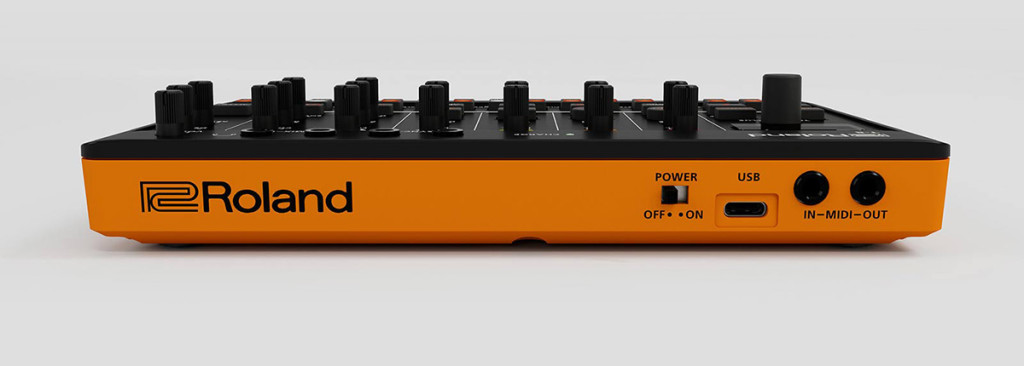
Common specs
The full series is dead-simple but cute:
- Sync in + out minijack
- Mix in + out minijack (mix in so you can chain audio)
- Headphone minijack
- USB-C for audio and MIDI (as on the bigger Roland siblings, but as is not found on the volca series, ahem)
- Standalone li-ion battery power
- USB bus power (which also recharges the battery)
- each is about 188mm x 106mm x 290-310g
Roland promises an approximate 3.5 hour battery life under continuous use. You can charge off any USB power supply – so 5V, 500mA. One thing I look forward to some time in the future is fast charging on music devices as we have on other consumer electronics, but music stuff does lag technologically – so you’ll need about 3 hours to charge up. Still, you can operate on USB power, so that’s no big deal, I think (and then power banks are also an option if you decide to do a full studio session on a camping trip or something).
